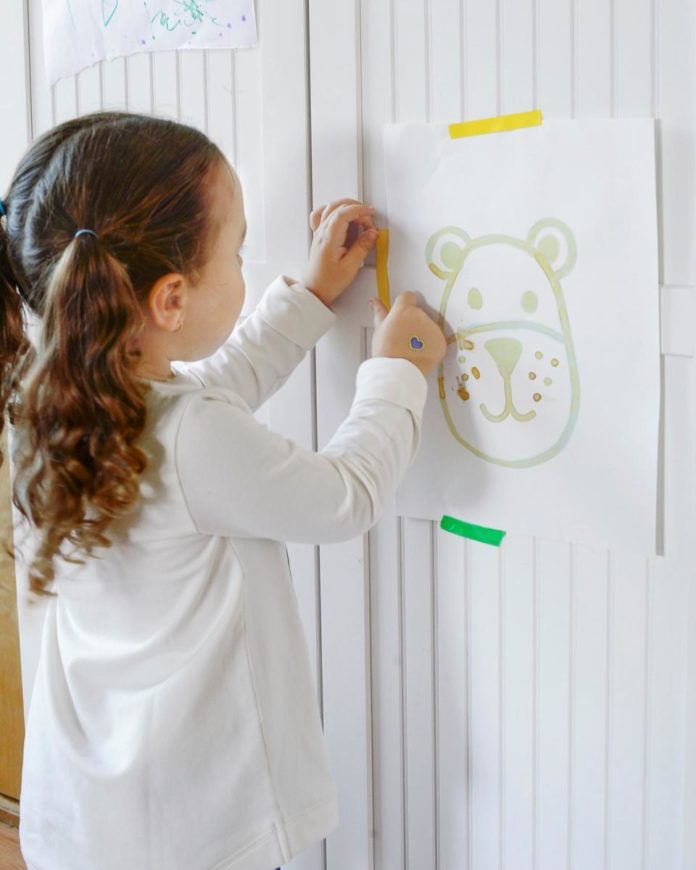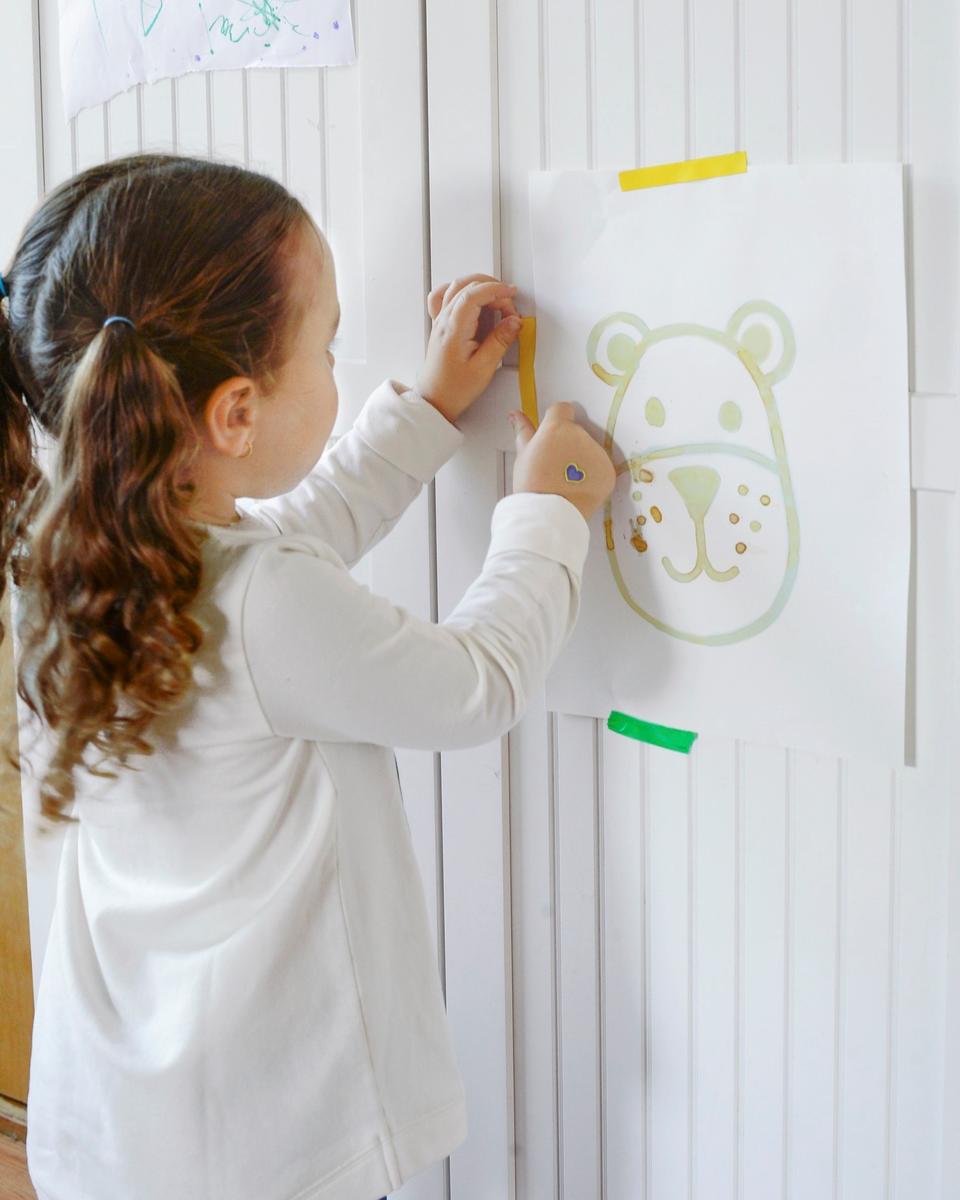
While preschoolers can’t comprehend advanced scientific concepts, you should still incorporate STEM and STEAM experiments into their everyday life. These activities will spark your little one’s curiosity, provide easy entertainment, and teach them about the workings of the world. Some activities have the added bonus of sensory play and fine motor skill development. Keep reading for instructions on nine at-home science activities for preschoolers.
Related Items
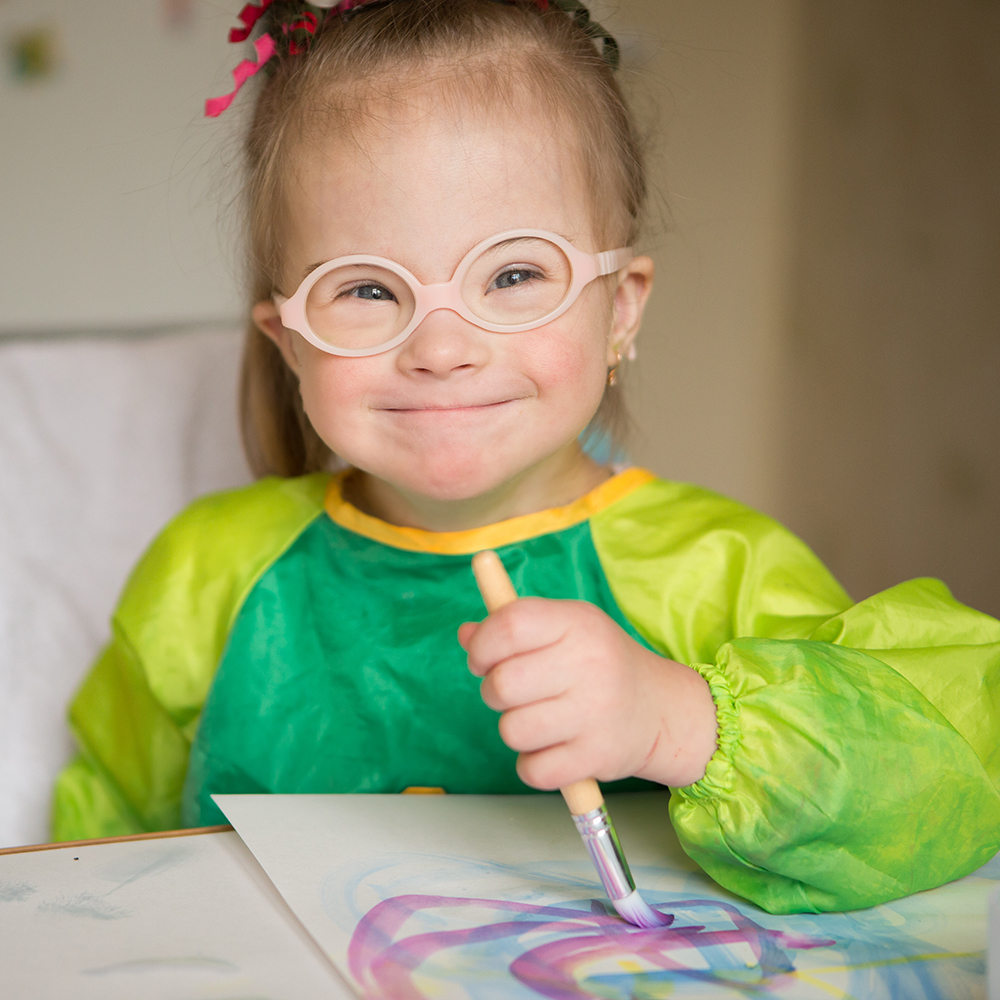
1. Milk Painting
This science experiment will amaze visual and hands-on learners! Fill a plate or bowl with milk (higher fat content works best) and add a few drops of food coloring. Next, dip a cotton swab or toothpick in dish soap, then encourage your child to swirl it around the colorful milk. It will create a marbled effect that’ll generate plenty of “oohs” and “ahhs” from your preschooler! (Be careful of over-mixing, though, or the masterpiece will turn brown).
You can also take this science activity for preschoolers one step further by making a pretty painting. Simply grab a piece of paper, dip it in the milk solution, and hang it up to dry. Voila—a piece of abstract artwork for your fridge! Find more information at Babble Dabble Do.
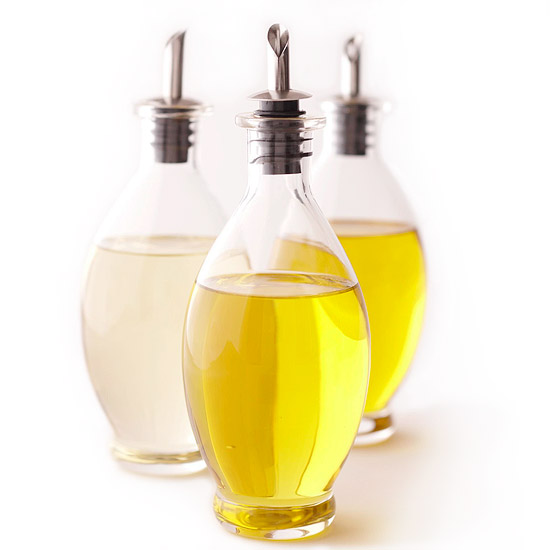
2. Oil and Water
Teach your preschooler that oil and water don’t mix with this at-home science experiment. To start, squirt food coloring into a few tablespoons of vegetable oil or olive oil. Pour the mixture into a glass of water. The oil (which has a lower density than water) will remain at the top of the glass. The food coloring (which is more dense than oil because of its water base) will fall down and create “fireworks” below. Your child will get a kick out of the colorful rain shower, and they\’ll visually see the effects of density.

3. Invisible Ink
With this unique science experiment, your preschooler will reach secret agent status! Squeeze the juice from one lemon into a bowl, along with a spoonful of water. Your child can grab their “paintbrush” (a cotton swab), dip it in the “paint” (the lemon juice mixture,) and draw on a piece of paper. Once the paint dries, you won’t be able to see it—but it’ll miraculously appear in sunlight, near a lightbulb, or under an iron! What’s the reasoning? Lemon juice turns brown from oxidation when it heats up.
- 23 Fun STEAM and STEM Activities for Kids
- 10 Easy At-Home Science Experiments for Kids
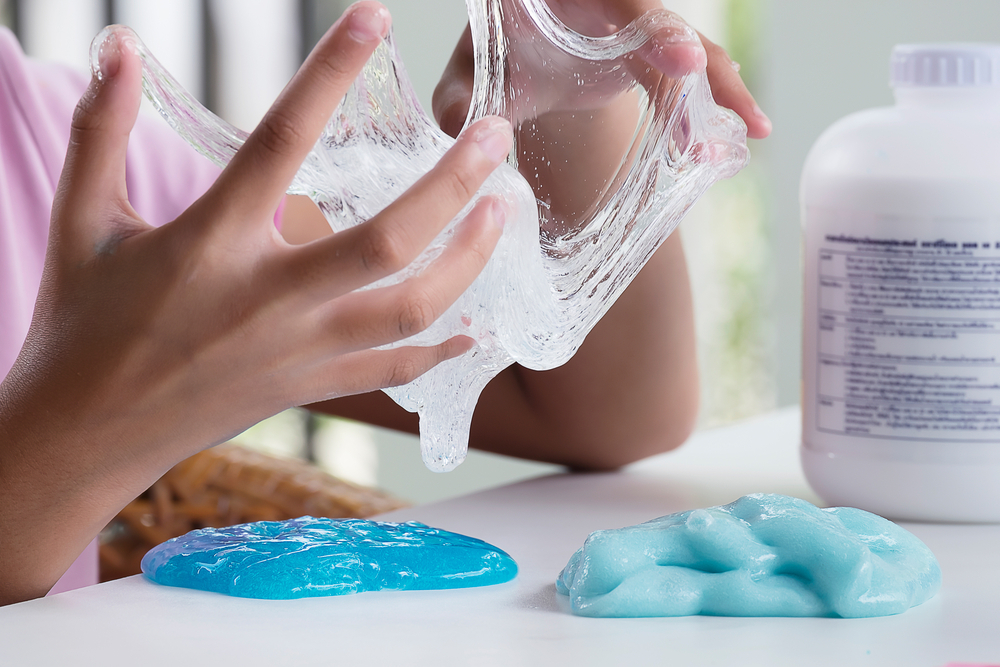
4. Homemade Slime
No preschooler can turn down the joys of homemade slime! You can find many slime tutorials online, but one popular recipe calls for a bottle of glue (such as Elmer’s), ½ teaspoon of baking soda, and 1½ tablespoons of contact solution. Combine the ingredients, adding fun mix-ins if desired (glitter, food coloring, etc.). Add warm water for stretchier slime, and mix in cornstarch for a drier variety.
Once it\’s ready, encourage your preschooler to explore the slimy creation. Can they flatten it, roll it, stretch it out, and transform it into a ball? Playing with the slime offers a fun sensory and textural experience, and it also helps develop motor skills! Check out the recipe here.
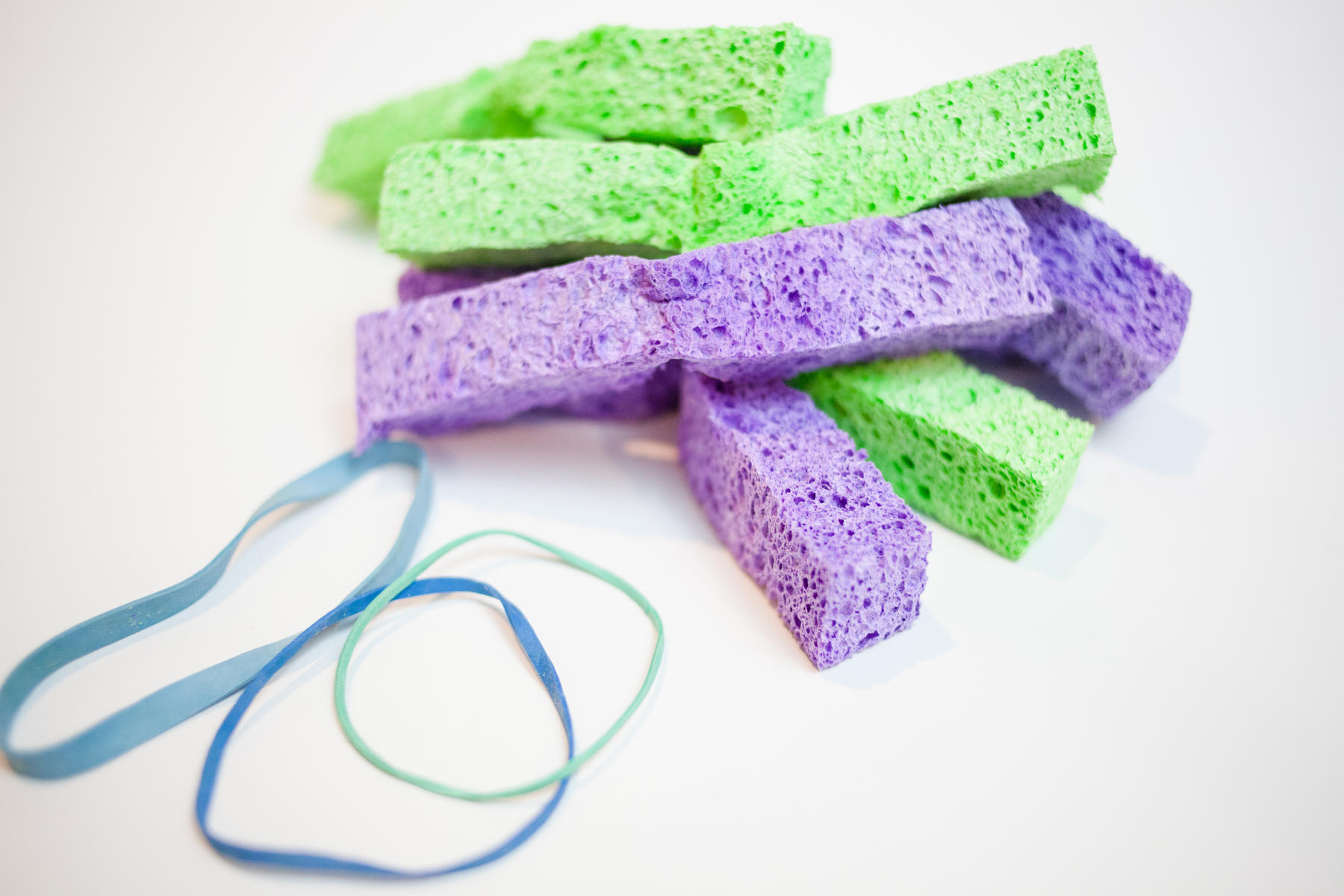
5. Sink or Float?
Fill a large container with water; it can be a kiddie pool, bathtub, storage container, etc. Then lay out a variety of objects with different densities. Some examples include sticks, stones, coins, bath toys, leaves, marbles, corks, sponges, rubber bands, and waterproof toys. Have your child put each item into the water to see whether it sinks or floats. This activity introduces the concepts of buoyancy and density. The sensory and water play aspects will also keep preschoolers entertained for quite a while!
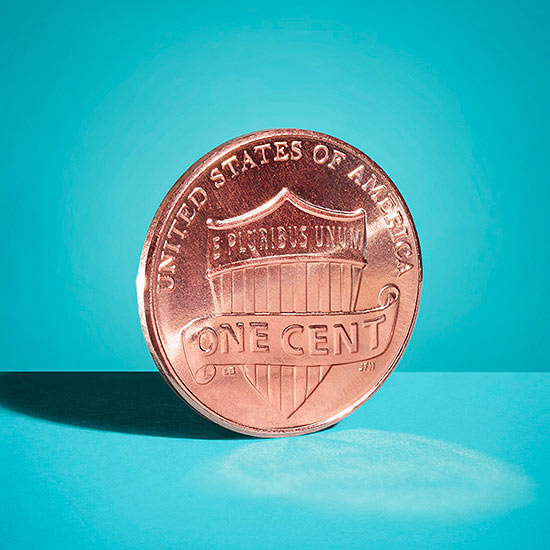
6. Cleaning Pennies
Although preschoolers don’t necessarily understand chemical reactions, they find the visual evidence appealing! This experiment involves cleaning dirty pennies with common household items. Scrounge up some pennies from your wallet and coin jar; the dirtier, the better! Pour vinegar into a glass, add about a teaspoon of salt, and stir to combine. Then have your child dump the dirty pennies into the concoction and mix them around for a few minutes. Remove the pennies, wash them off, and admire their new shiny surface (courtesy of the chemical reaction of the vinegar, salt, and copper oxide). Learn more at Sixth Bloom.
- 10 Playful Math Activities for Preschoolers
- The 8 Best Math Apps for Kids
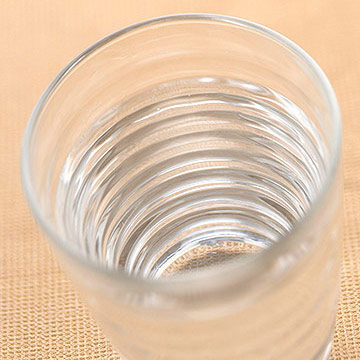
7. Making Music
This science activity for preschoolers involves making music! Here’s how to do it: Gather a handful of glasses and fill them with varying amounts of water. Have your child tap on the glasses with an object, such as a spoon, to create some catchy tunes. They\’ll quickly learn that each glass lends a different noise, thanks to the sound waves moving through the water. Fuller glasses make deeper sounds, while emptier glasses correlate to higher pitches. Learn more at Hands on As We Grow.
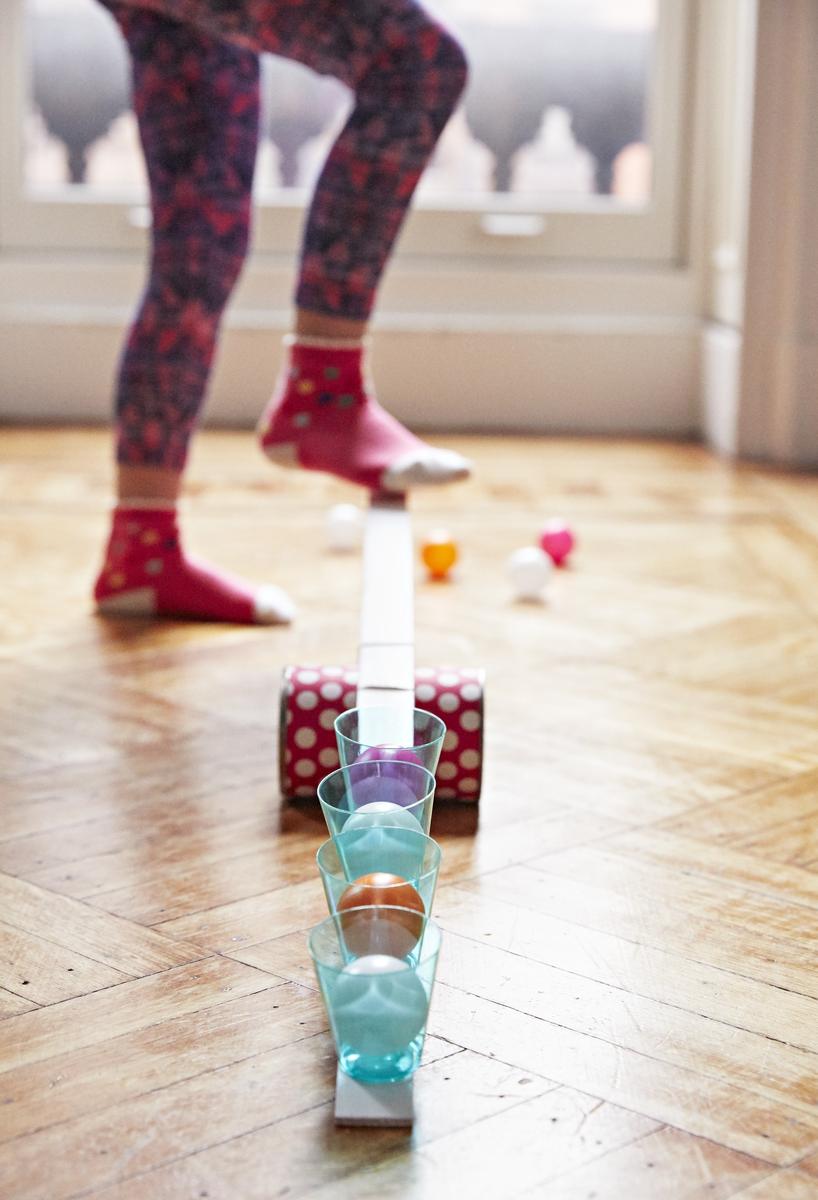
8. Yardstick Catapult
This DIY catapult launcher will provide hours of scientific fun! To make it, glue plastic party cups to the end of a yard stick. After it’s dry, position a clean metal can (like a coffee can) halfway down the yardstick, and attach it with rubber bands. Load small, soft items (like lightweight balls or toys) into the cups, and have your child step down on the opposite end of the yardstick. The downward force will launch the items across the room! Your preschooler can also try with different objects and varying amounts of effort.
By Rachelle Doorley, TinkerLab
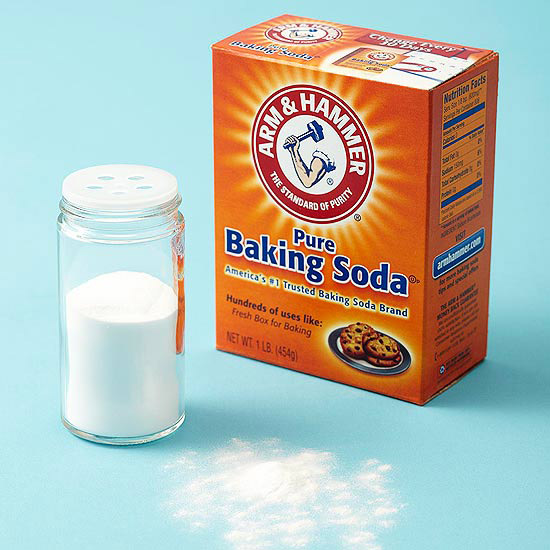
9. Volcanic Eruption
This preschool science activity needs two simple ingredients: baking soda and vinegar. When mixed in equal amounts, a chemical reaction creates fizzing that resembles a volcanic eruption! Experiment with different amounts of baking soda and vinegar, and try adding water into the mixture too. How does the result change with each different concoction?






